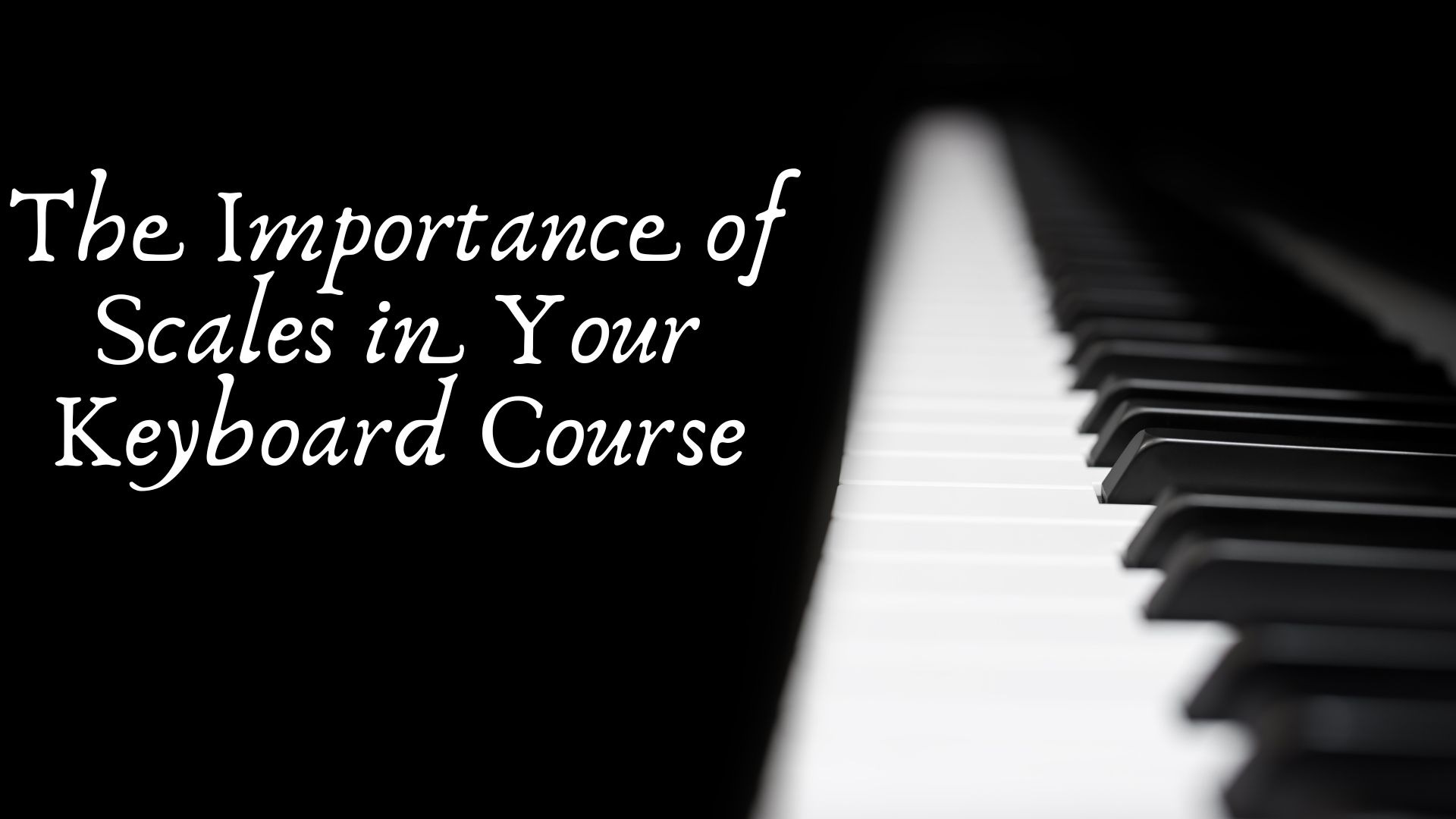When learning to play the keyboard, many students are eager to jump straight into playing popular songs or creating original compositions. While creativity and enjoyment are important, one foundational element must not be overlooked: scales. Scales are far more than just finger exercises or theoretical abstractions—they are the building blocks of music and an essential part of any well-rounded keyboard course.
In this article, we will explore the crucial role that scales play in keyboard education, why every student should master them, and how they benefit musicians in both the short and long term.
What Are Scales and Why Do They Matter?
A scale is a sequence of musical notes arranged in ascending or descending order. The most commonly taught scales in keyboard courses include:
- Major Scales (e.g., C Major, G Major)
- Minor Scales (Natural, Harmonic, and Melodic)
- Chromatic Scales
- Pentatonic and Blues Scales
- Modal Scales (Dorian, Phrygian, etc.)
Understanding scales gives keyboardists a clear roadmap of notes that belong to a key. This is essential for:
- Identifying chords and progressions
- Improvising solos
- Transposing pieces to different keys
- Enhancing sight-reading and ear training
Scales Develop Finger Strength and Dexterity
Learning and practicing scales is one of the best ways to improve finger agility and coordination. The standard finger patterns used in scales train your hands to move independently and smoothly across the keys. As you progress through your keyboard course, you’ll notice:
- Greater control over dynamics and articulation
- Improved speed without sacrificing accuracy
- Better hand independence, especially in more complex pieces
These technical improvements make even the most challenging compositions feel more manageable over time.
Scales Are the Foundation of Music Theory
A solid understanding of scales leads directly into music theory—another vital component of a comprehensive keyboard course. Every scale outlines the structure of a key, and from that key, students learn:
- How chords are built (triads, sevenths, etc.)
- How chord progressions work (e.g., I-IV-V-I)
- Which notes are consonant or dissonant
- How melodies interact with harmony
Scales help students internalize theory, which accelerates their musical intuition and makes learning new music much faster.
Improvisation and Composition Start with Scales
If your keyboard goals include writing your own music or improvising over backing tracks, scales are your best friend. Knowing your way around major, minor, and modal scales gives you a palette of notes to choose from, helping you stay in key and create melodically strong phrases.
Improvisation exercises in keyboard courses often revolve around:
- Using the pentatonic scale over blues or rock progressions
- Exploring modal improvisation in jazz or fusion styles
- Creating variations on a melody using the notes of a scale
By mastering scales, students can break free from rote memorization and develop true musical freedom.
Scales Improve Sight-Reading and Ear Training
Students who are fluent in scales often find it easier to sight-read music. That’s because:
- Many melodies are built using scale fragments
- Common fingering patterns from scale practice apply in real music
- Knowing the key signature instantly identifies likely notes and chords
Similarly, scale practice enhances ear training. Students can more easily recognize intervals, predict melodic direction, and identify the tonality of pieces just by hearing them.
Scales Build Discipline and Practice Habits
Keyboard courses use scale practice not only to develop musical skills but also to instill good practice habits. Regular scale exercises teach:
- Precision and timing
- Focus and patience
- Goal setting and tracking progress
Instructors often recommend practicing scales as warm-ups, and as students progress to more difficult keys or hands-together passages, they learn how to structure effective practice sessions.
A Progressive Approach to Scale Mastery
Most quality keyboard courses introduce scales progressively:
- Beginner level: C Major, G Major, A Minor with one hand at a time
- Intermediate level: More sharps/flats, hands together, increased speed
- Advanced level: All 12 major and minor scales, different rhythmic patterns, multiple octaves, arpeggios, and modes
This gradual increase in difficulty ensures that students don’t feel overwhelmed but continue to build confidence.
Integrating Scales into Your Daily Practice
To make the most of scales in your keyboard learning journey:
- Set a daily or weekly scale goal (e.g., master two new keys per week)
- Use a metronome to maintain consistent timing
- Incorporate dynamics and articulation for expressive playing
- Record your scale practice to track progress
- Combine scales with arpeggios and chord inversions for variety
With consistent practice, scales become second nature and seamlessly integrate into all aspects of your keyboard performance.
Conclusion: Scales Are the Secret to Musical Mastery
While scales may seem repetitive or technical at first, they are a cornerstone of keyboard mastery. From technique and theory to improvisation and musical expression, scales touch every part of a student’s development. Embracing them early and practicing them regularly sets a strong foundation for success—whether you’re aiming to perform classical sonatas, jam with a band, or compose your own music.






